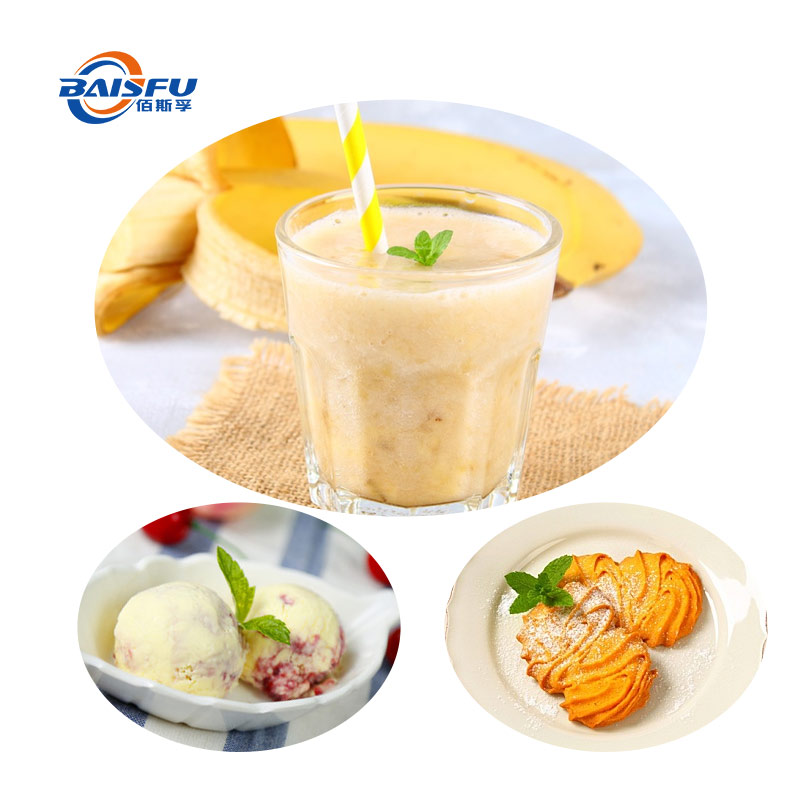Why is vanilla flavor so common?

1. Mayan “Fruit of God”
Origin: Vanilla originated from the tropical rainforests of Central America. The Mayans first used wild vanilla pods (Vanilla planifolia) to flavor chocolate drinks, calling them “black flowers” and believing that they had mysterious powers.
Problem: Vanilla pods need artificial pollination to form pods, and the content of natural vanilla flavor substances (vanillin) is extremely low (only 2% of the pods), which makes it expensive and once comparable to silver.
2. Chemists’ “flavor cracking”
Miracle in 1874: German chemists Wilhelm Haarmann and Ferdinand Tiemann synthesized vanillin from lignin extracted from pine wood. This was the first time that humans achieved industrial synthesis of natural flavors.
Impact: The cost of synthetic vanillin was only 1/100 of that of natural vanilla, and it quickly became popular in the food industry. By 1900, the global production of synthetic vanillin had far exceeded that of natural vanilla.
3. “Flavor differences” between natural and synthetic
Natural vanilla: contains more than 250 flavor compounds (such as vanillin, anisaldehyde, butyric acid), with a complex and soft taste.
Synthetic vanillin: only a single vanillin component, the taste is straightforward and slightly bitter.
Interesting experiment: In blind tests, most people actually prefer the “strong sweetness” of synthetic vanillin rather than the delicate layers of natural vanilla – this explains why cheap ice cream seems “more fragrant”.
4. Why is vanilla so “universal”?
Scientific explanation: Vanillin can widely bind to human olfactory receptors and is highly compatible with sugar and fat flavors, making it suitable for almost all sweet foods.
Psychological effects: The smell of vanilla activates the area of the brain associated with pleasure and is often used to soothe emotions.

